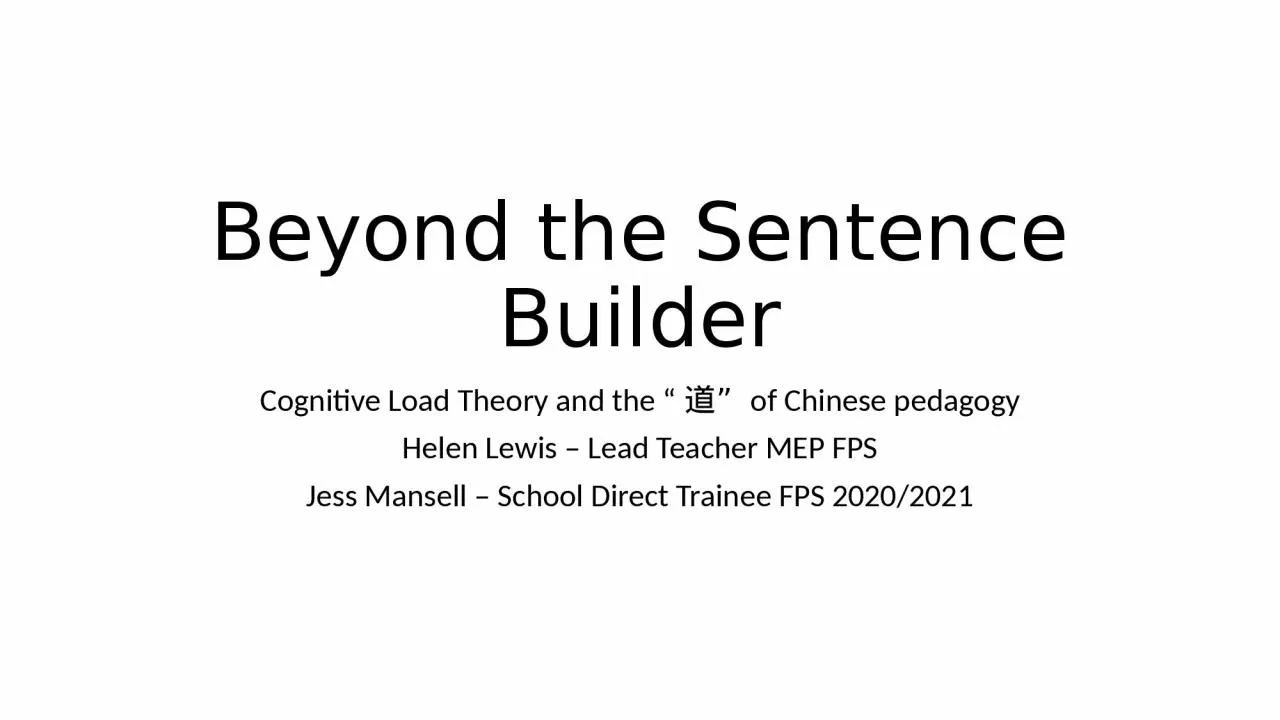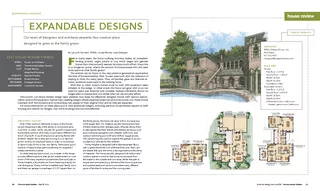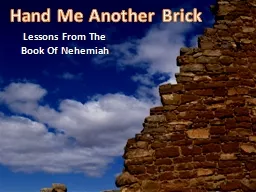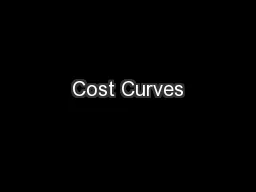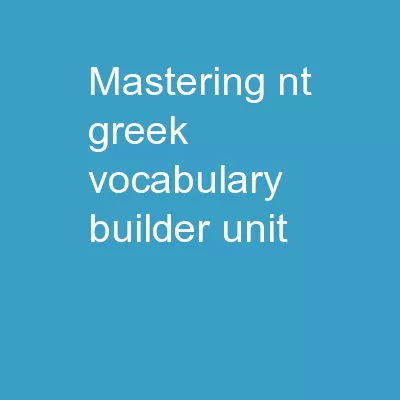PPT-Beyond the Sentence Builder
Author : smith | Published Date : 2024-02-02
Cognitive Load Theory and the 道 of Chinese pedagogy Helen Lewis Lead Teacher MEP FPS Jess Mansell School Direct Trainee FPS 20202021 Views on Sentence Builders
Presentation Embed Code
Download Presentation
Download Presentation The PPT/PDF document "Beyond the Sentence Builder" is the property of its rightful owner. Permission is granted to download and print the materials on this website for personal, non-commercial use only, and to display it on your personal computer provided you do not modify the materials and that you retain all copyright notices contained in the materials. By downloading content from our website, you accept the terms of this agreement.
Beyond the Sentence Builder: Transcript
Download Rules Of Document
"Beyond the Sentence Builder"The content belongs to its owner. You may download and print it for personal use, without modification, and keep all copyright notices. By downloading, you agree to these terms.
Related Documents

